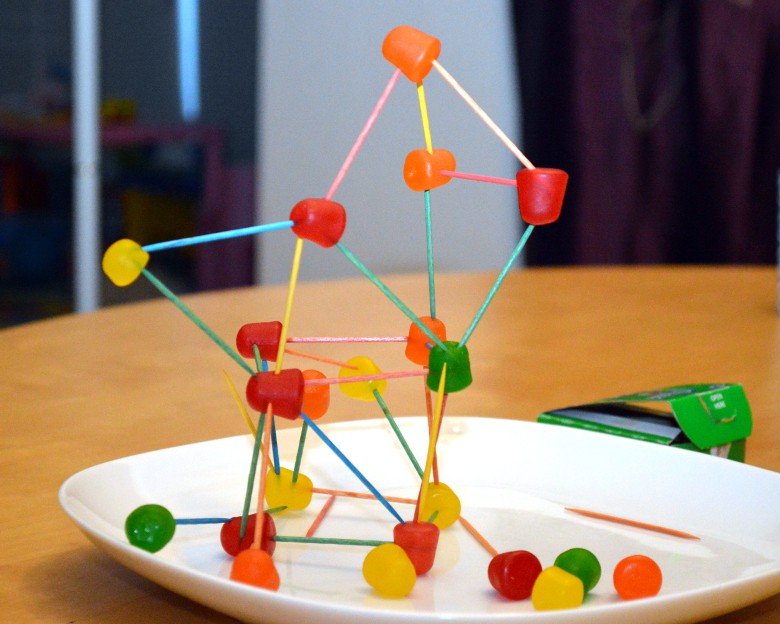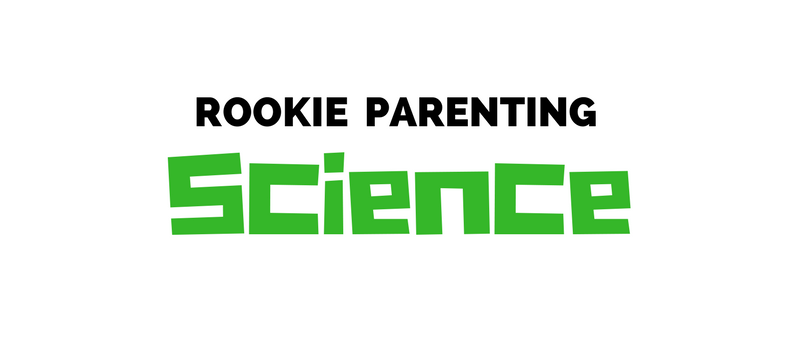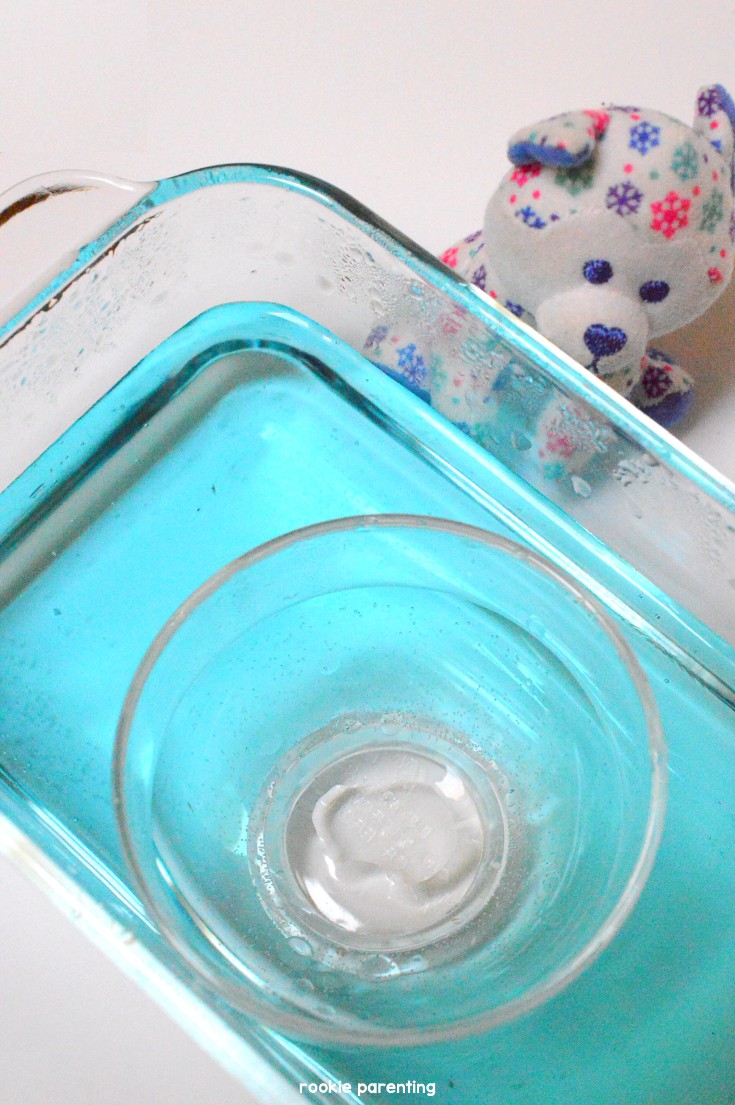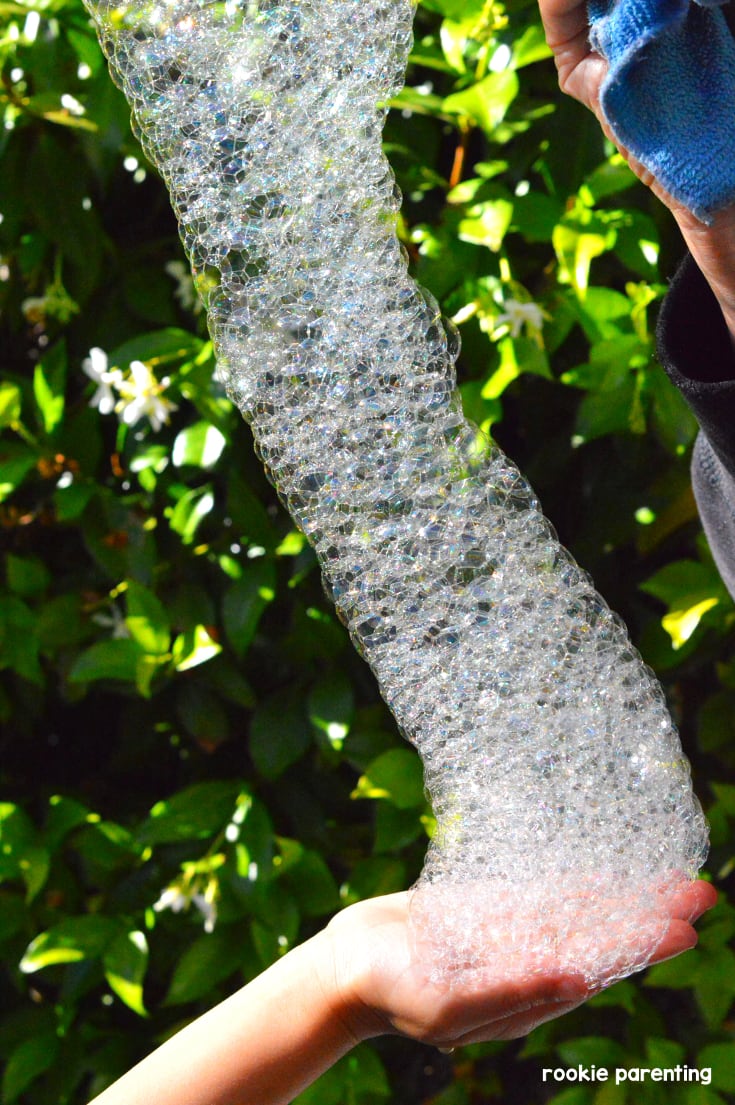Spatial Reasoning – Visualize Shapes Through Play
Spatial reasoning is an essential skill for math learning and can be acquired through training and practice.
Here are a few preschool geometry activities that can help kids learn spatial concepts.
Let’s start with learning shapes by create 2-D and 3-D shapes from scratch in a spatial relationships preschool activity.
By constructing each shape one side at a time, you will have a better sense of what constitutes a certain shape.
For example, triangle has three sides and they also have 3 corners.
Depending on each corner’s size and each side’s length, you get a different type of triangle.
Experiment with several different materials for the “joints” to see which one is better.

Spatial Reasoning Activities and Visualising Activities
Construct shapes from scratch to learn spatial reasoning.
Materials
- colored toothpicks
- play-doh, gum drops, gummi bears, grapes or any candies / fruits that can hold the toothpicks together firmly
Tools
- adult supervision
Instructions
- Start with simple 2-dimensional shapes such as triangle and square. Notice how you can open up a joint, add one toothpick and one playdoh ball and you'll get another another shape.
- Starting with a triangle, adding one more toothpick gives you a square, then a pentagon, hexagon, heptagon and octagon. If you keep adding, you'll eventually get a shape that resembles a circle!

- Spatial language has been shown to enhance spatial reasoning. When you start building 3-dimensional structures, you can introduce words such as cube, sphere, prism, etc.
- One advantage of constructing 3-D objects this way is that you can see through them, allowing your toddler to practice visualizing 3-D structures.

- Here comes the edible part of this project. Experiment with different candies and fruits. Usually, the best results are structures built from Gum Drops, Gummi Bears and grapes.
- Kids especially enjoy this part. But watch out how much candies your little one eat while working on this (fruit is ok in my opinion).

- I recommend doing this after a meal so that at least they start with a full stomach.
- Gum drops are great. They are colorful and can firmly hold toothpicks in place. It was a lot of fun working on this.
- Gum drops are sometimes better than playdoh because as the playdoh dries, it becomes more and more brittle not suitable for building larger sculpture.

- Shapes are not the only thing kids can learn in this project. They can also sort the gummi bears and the toothpicks by color. Sorting and classifying are also skills essential to succeed in kindergarten.
- Let's not forget this activity also trains kids' eye-hand coordination and fine motor skill, too.

- Last but not least, the fruit version is my favorite. Grapes hold up very well in large sculptures. They are healthy and yummy.

Recommended Products
As an Amazon Associate, I earn from qualifying purchases.

References
- Children’s Spatial Skills Seen as Key to Math Learning. By Sarah D. Sparks
- Children’s spatial thinking: does talk about the spatial world matter? By Shannon M. Pruden, Susan C. Levine and Janellen Huttenlocher
- Sorting, Classifying, and Patterning: Critical to Mathematical Understanding in Kindergarten. By Jean M. Shaw








